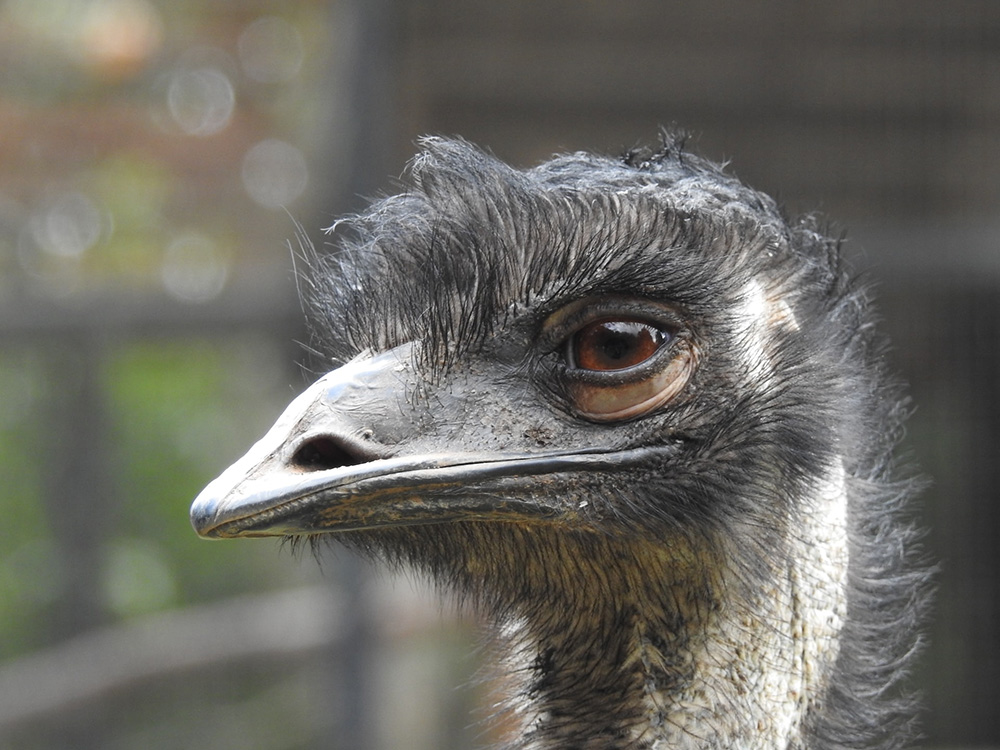Australia’s “Emu War” is an interesting and often humorous military history. In 1932, the Australian government sent troops with machine guns and artillery to the Western Australian outback to control emus that were destroying farms and property. Yet, the emus outwitted and outmaneuvered their human opponents, resulting in a spectacular failure. This blog post will explain why the Australian government used tanks and the army to attack emus and why it failed.
Background
In the 1920s, the Australian government offered land to ex-servicemen to colonize the Western Australian desert. Nevertheless, many emus were destroying crops, fences, and other property. The farmers’ demands for government help were ignored until the situation grew severe. The government finally sent a small military force to reduce the emu population in 1932. Three men carried two Lewis machine guns and 10,000 rounds. The soldiers killed a couple of emus before their rifles jammed, but the birds were tougher than expected.
Attack 1
After the initial operation failed, the government sent six soldiers with two Lewis guns, 2,500 rounds of ammo, and a truck with 1,000 more rounds. Two army officials supervised the operation. On November 2, 1932, soldiers killed about 40 emus in the second attack. The soldiers fought to catch the emus as they scattered over the countryside. By zigzagging and shifting direction, the emus outran the troops and avoided their shot. They also survived multiple Lewis gun hits. After killing only a limited number of emus, the soldiers ran out of ammo and withdrew. The administration withdrew the troops after the mission failed.
Attack 2
In December 1932, the authorities launched a third emu cull after two failed attempts. They sent a larger force with seven soldiers, two Lewis guns, 10,000 rounds of ammo, and a van with 2,500 more rounds. The soldiers set up an ambush in a strategic area and waited for the emus in the third and most ambitious attack. However, the emus again outwitted their human opponents, with several staying out of rifle range and others fleeing when the gunfire started. The army fired thousands of rounds of ammunition but still failed to reduce the emu population, so the government called off the campaign.
Underestimating Enemy
The Australian military had fought in World War I but not with emus. The authorities misjudged emus’ speed, agility, and ability to outwit humans. The soldiers were unprepared for an animal so different from their usual opponent.
Weapons/Tactics
Australian soldiers’ weaponry and tactics failed against emus. Soldiers’ Lewis rifles were built for human targets, not fast-moving birds. The soldiers were untrained hunters, and their tactics were unsuitable for a huge, elusive bird like the emu.
Conditions
The soldiers’ environment contributed to the campaign’s defeat. The soldiers were unprepared for the tough conditions of the desert. The soldiers struggled to focus due to heat, dust, and hunger.
Scarcity
Emu culling soldiers were underequipped. They had little ammunition and little support to last long. The soldiers had poor transportation, making it hard for them to travel about.
Conclusion
The Australian government’s emu cull failed spectacularly. The soldiers, tanks, and artillery failed to subdue the Western Australian desert emus that damaged farms and property. Emus outwitted and outmaneuvered humans at every turn.
The “Emu War” is a comical chapter in Australia’s military history, but it also emphasizes the need of recognizing the opponent and being prepared for dangerous environments. It shows that even the most advanced military technology and tactics can fail if not tailored to the environment.

